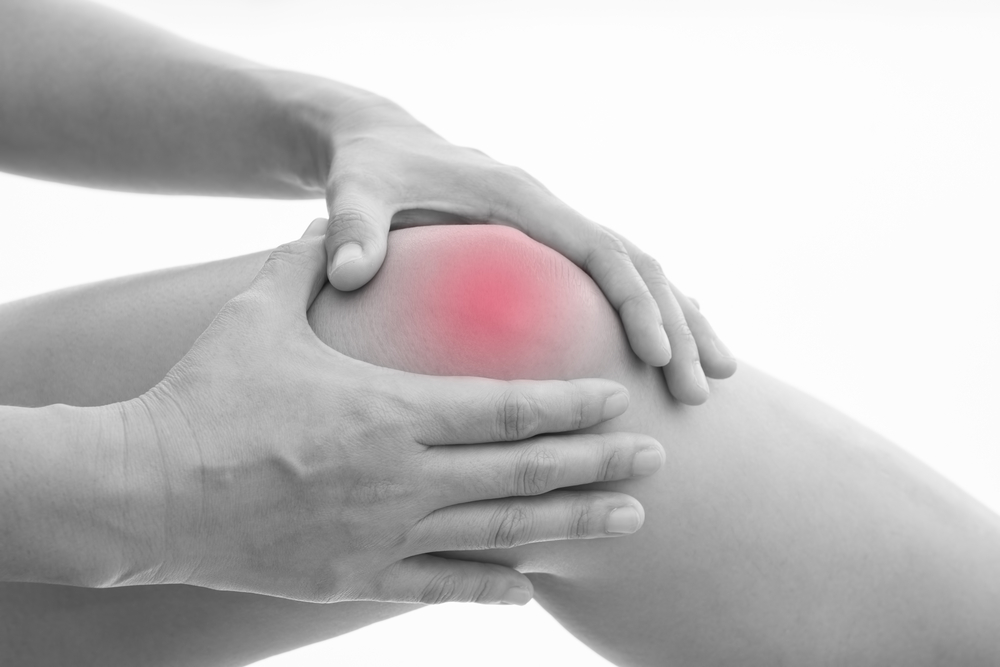MRI Allows Reliable Identification of Bone Lesions In Gaucher Patients
Written by |

Magnetic resonance imaging (MRI) can be a resourceful tool to identify bone lesions in Gaucher disease (GD) patients, according to a new study.
The research paper, “The Utility Of Magnetic Resonance Imaging For Bone Involvement In Gaucher Disease. Assessing More Than Bone Crises,” was published in the journal Blood Cells, Molecules, and Diseases.
Bone infiltration is the most common cause of disability in patients with type 1 GD, which can affect the spine, pelvis and some regions of the femur and humerus bones.
The MRI technique allows doctors to evaluate the level of bone infiltration and identify lesions and other complications, thus improving the study and diagnosis of bone involvement in GD.
Several studies have identified common lesions associated with bone disease in GD patients, but there are other manifestations that have not been properly described so far.
Researchers analyzed data of all bone lesions registered in MRI studies performed in all patients with types 1 and 3 GD that were assisted in their GD clinic, and correlated the findings with clinical, molecular, and other follow-up information obtained from the Spanish GD Registry.
The team analyzed 343 MRI studies of 131 GD patients (aged 13 to 74 years), of which 94.6% had type 1 GD. They found that of the initial group of patients, 47.3% of patients had undergone more than one exam. In 64 patients, the first MRI was carried out as a part of diagnosis, but in 63 patients MRI was performed while patients already were receiving treatment (enzyme replacement therapy or substrate reduction therapy with Zavesca (miglustat) or Cerdelga (eliglustat)). During follow-up, 62 patients were repeatedly evaluated by MRI and bone densitometry (four to 11 exams).
Of the initial group of 131 patients, 113 (79.4%) had at least one bone effect. Also, 28.8% had a type of bone lesion not previously related with GD, such as neuronopathic-like arthropathy (related to the joints), vertebral hemangioma (benign tumors), ischemic lesions, infection-related lesions, cancer metastasis and tissue infiltration.
Despite the identification of new bone lesions in GD patients, it is not clear if GD predisposes patients to other clinical manifestations or not.
“MRI is a routinely-used tool for the evaluation of GD lesions which improves the assessment of patients before and during therapy, identifies GD complications and finds other concomitant lesions,” the authors wrote. “This work provides a new evaluation of MRI assessment in this complex rare disease.”


